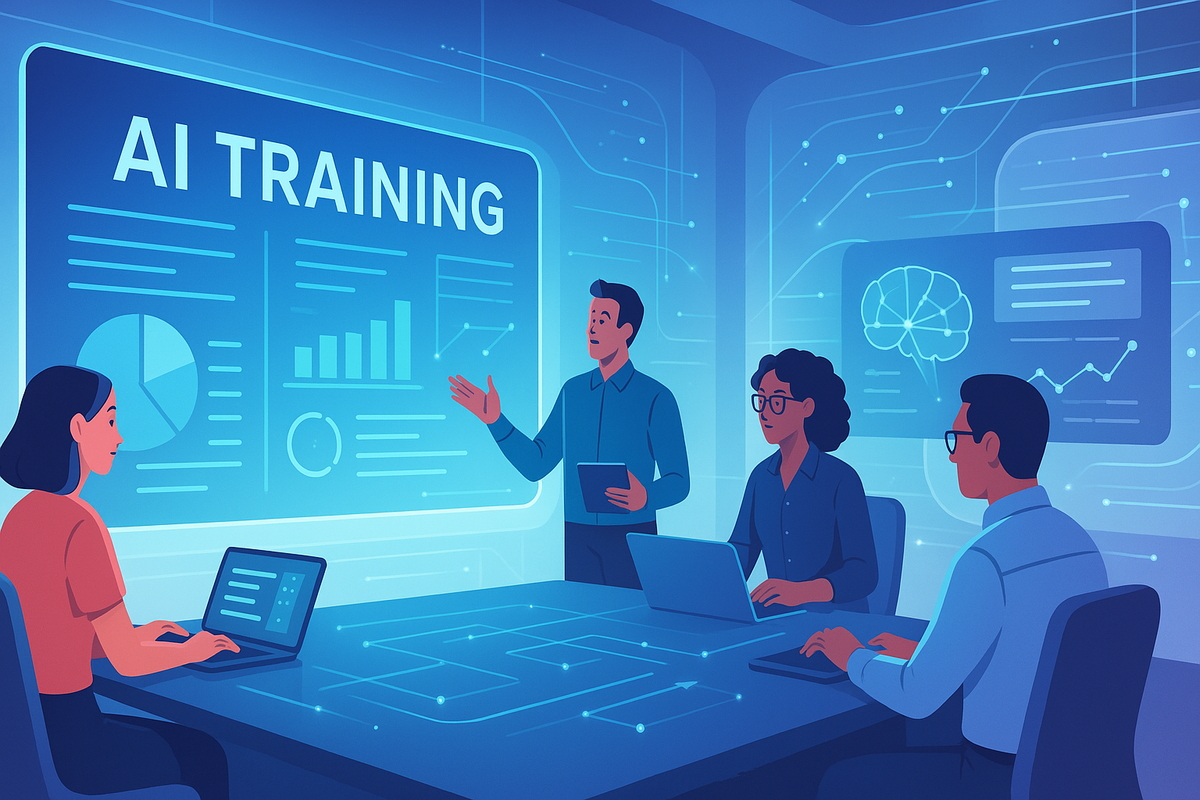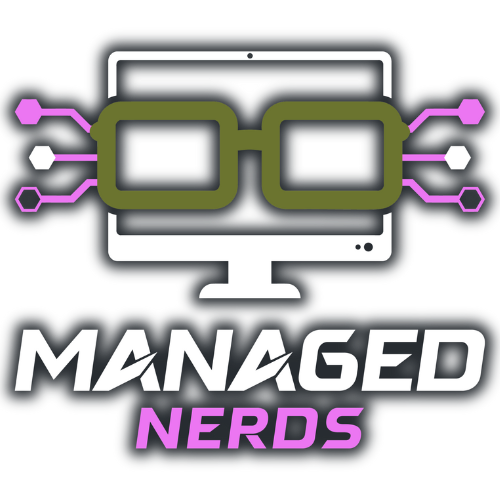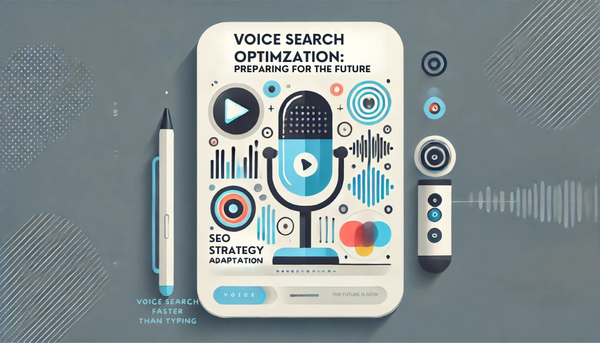Training Your Team (or Yourself) to Use AI Effectively
Ready to embrace AI but not sure how to educate everyone involved? Learn the essentials of training your team (or yourself) for smooth AI adoption—without the tech overwhelm.

Artificial intelligence (AI) often seems like the sparkly new tech fad—one that can appear overwhelming and a little too futuristic. But AI isn’t just for billion-dollar corporations or Silicon Valley whiz kids. It’s something even small teams and solo entrepreneurs can leverage, so long as they’re properly trained. After all, it’s one thing to purchase an AI-driven solution; it’s another to ensure everyone on your crew knows how to make the most of it.
Ever seen a fancy new tool gather digital dust because nobody felt confident enough to use it? Proper training prevents that scenario, turning AI from a confusing enigma into a routine part of daily operations. And, as leadership expert John Maxwell once said, “One is too small a number to achieve greatness.” When it comes to AI, teamwork and collective skill-building are key.
Why Training Matters
Yes, AI can automate repetitive tasks and streamline processes. But without the right knowledge, your team might rely on guesswork or, worse, avoid the tool altogether. This is especially true if your staff is worried AI might “replace” their jobs. Effective training shows them the opposite—that AI is about empowering people to focus on more creative, high-level tasks while the machine handles the mundane.
Plus, a little education can dispel misconceptions. Is the AI designed to handle inventory management, customer interactions, or data analytics? Understanding the specific function helps team members set realistic expectations and avoid frustration.
Start with the Basics
Demystify AI Terminology
Before diving into advanced features, ensure everyone is comfortable with core vocabulary like “machine learning,” “chatbot,” and “natural language processing.” It’s amazing how quickly confidence grows once employees realize these are just fancy labels for tools that follow logical rules.
As Albert Einstein said, “If you can’t explain it simply, you don’t understand it well enough.” If you find a definition too technical, keep refining it until it’s easily digestible.
Provide Context
Is your business adopting AI for scheduling, data analysis, or marketing automation? Be specific. For instance, if you’re introducing an AI chatbot to handle customer FAQs, highlight how it reduces workload so team members can focus on complex customer issues. The more concrete the example, the quicker employees grasp the benefits.
Hands-On Experience
Pilot Projects
Pick a small, low-stakes project to showcase the value of AI. This might be automating social media post scheduling or analyzing simple sales data. When employees see immediate, real-world improvements, their skepticism tends to fade. Keep the scope manageable so nobody feels overwhelmed by a new system.
Interactive Workshops
Combine theory with practice. After explaining an AI tool’s features, let team members experiment. If you’re teaching them to use a chatbot builder or a marketing AI platform, set up a mini-challenge: maybe create a simple bot flow or identify trending keywords for a blog post. People learn best by doing, not by watching yet another slideshow.
Would you rather read a 20-page manual or spend 30 minutes tinkering with the actual tool? Hands-on sessions foster the kind of practical knowledge that sticks.
Ongoing Learning
Provide Resources
AI isn’t static; it evolves. Algorithms get updated, new features roll out, and best practices shift. Create a shared folder or digital dashboard with tutorial videos, quick tips, and relevant articles. Encourage employees to check these resources whenever they hit a snag or want to explore new functions.
Peer Learning and Mentorship
If you spot a team member who “gets” AI faster than others, consider designating them as an internal resource person—kind of like a mini-mentor. They don’t need a fancy title, just a willingness to answer quick questions and guide coworkers through small hurdles. It’s less intimidating than scheduling a meeting with an external trainer or manager.
Entrepreneur Richard Branson famously said, “Train people well enough so they can leave, treat them well enough so they don’t want to.” Providing internal mentorship opportunities can make your team feel valued and foster collaboration.
Handling Common Hurdles
Fear of Job Replacement
One of the biggest roadblocks is the worry that AI will make certain roles obsolete. Clarify how AI can free employees from repetitive chores, not eliminate their positions. Show real-life examples: maybe a marketing person used to spend hours scheduling social posts, but now they can focus on campaign strategy while AI handles the grunt work.
Overload and Complexity
If your AI solution has too many bells and whistles, it might intimidate less tech-savvy individuals. Start with the core feature set before introducing advanced add-ons. It’s better to master the fundamentals than to dabble in half a dozen features you don’t fully understand.
Lack of Clear Goals
If no one knows why you’ve introduced AI or how it ties into broader business objectives, training will feel disjointed. Make sure everyone understands the endgame—whether it’s a 20% reduction in manual data entry or a plan to double social media engagement. Specific targets give training sessions a sense of purpose.
Measuring Progress
It’s hard to improve what you can’t measure. Track metrics tied to AI usage. Has the time spent on manual data entry decreased? Are customer queries resolved faster? Are marketing campaigns showing a better click-through rate? Share these metrics with the team so they can see the tangible payoffs of their new skills.
Final Thoughts
Training your team (or yourself) to use AI effectively doesn’t have to be daunting. Start with plain-English explanations, hands-on practice, and a clear sense of why this matters to your business. Celebrate small wins, and keep an eye on both the technology’s evolving features and your team’s growing confidence. The goal isn’t to turn everyone into a machine-learning scientist; it’s to ensure that your AI tools genuinely enhance daily operations.
If you’re still navigating the best training approach or need help setting up an effective AI adoption plan, reach out to Managed Nerds. They specialize in guiding businesses through AI integration, minus the overload of jargon. Because in the end, an informed, empowered team is your best ally in turning AI from a buzzword into a real asset.





